OSIRIS-REx Mission Design: Sample Acquisition Campaign
After nine months in orbit around asteroid Bennu, OSIRIS-REx will begin the process of maneuvering closer to the surface in preparation of the sample collection event. Once the sample site has been selected, OSIRIS-REx will break from its polar orbit to practice three flyovers of the site at increasing proximities, eventually matching Bennu's speed and rotation. The narrow-angle PolyCam will image the sample site at sub-centimeter resolution during these close passes.
When OSIRIS-REx is ready, it will slowly descend to Bennu's surface at a few centimeters per second. Its outstretched arm will touch down and blow high-pressure nitrogen gas into Bennu's soil. This will force loose dust, dirt, and rocks upward into the TAGSAM head, trapping the material inside. OSIRIS-REx will then weigh and stow the captured sample for return to Earth in 2023.
OSIRIS-REx approaches Bennu
TAG Arm Deploy
TAG Arm Deploy Reverse
OSIRIS-REx desending to Bennu
OSIRIS-REx approach continued
TAGSAM getting closer
OSIRIS-REx almost there
Contact
OSIRIS-REx Pulls away
TAG Maneuver Interior Cutaway
OSIRIS-REx backs away from Bennu
Sample Verification OCAMS SamCam
Sample Verification OCAMS Sam Cam 2
Sample Mass Measurement
Sample Stowage Sequence
Sample Stowage Sequence Closeup
OSIRIS-REx Stows the TAG Arm
Returning to Earth
Credits
Please give credit for this item to:
NASA's Goddard Space Flight Center Conceptual Image Lab
-
Animators
- Walt Feimer (HTSI)
- Michael Lentz (USRA)
- Adriana Manrique Gutierrez (USRA)
- Lisa Poje (USRA)
-
Producer
- Dan Gallagher (USRA)
-
Technical support
- Aaron E. Lepsch (ADNET Systems, Inc.)
Missions
This page is related to the following missions:Release date
This page was originally published on Wednesday, August 17, 2016.
This page was last updated on Monday, February 17, 2025 at 12:15 AM EST.
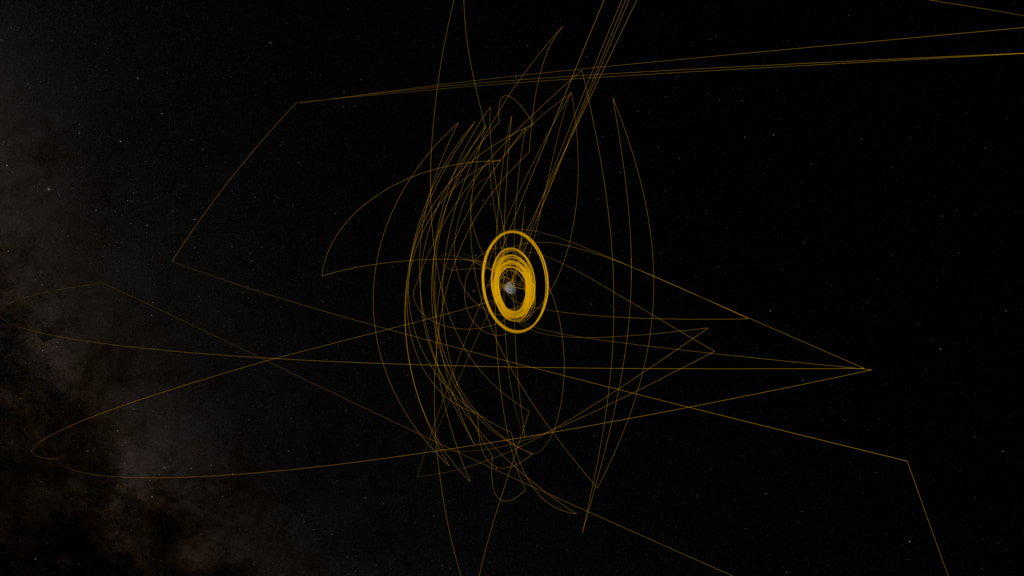
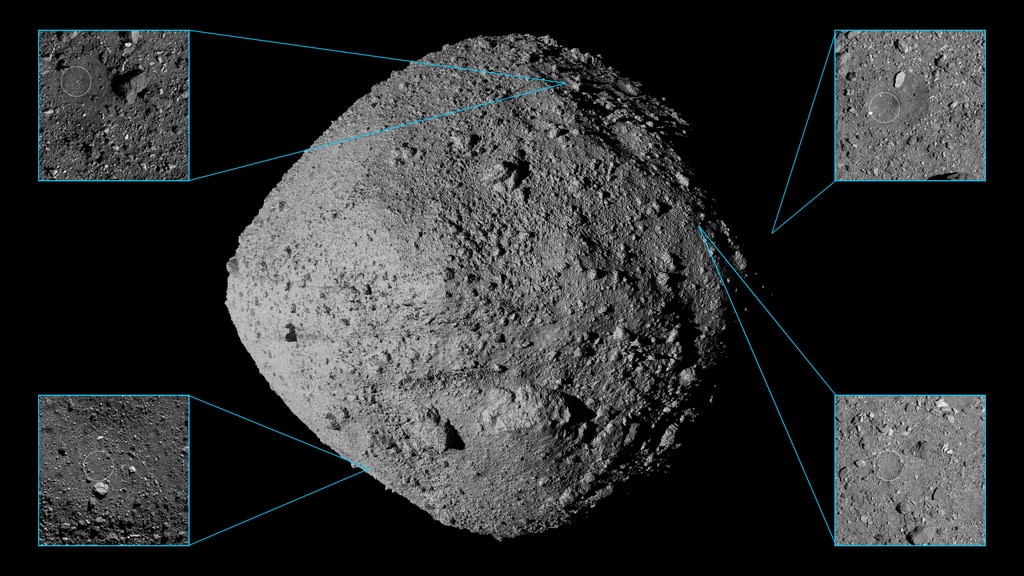
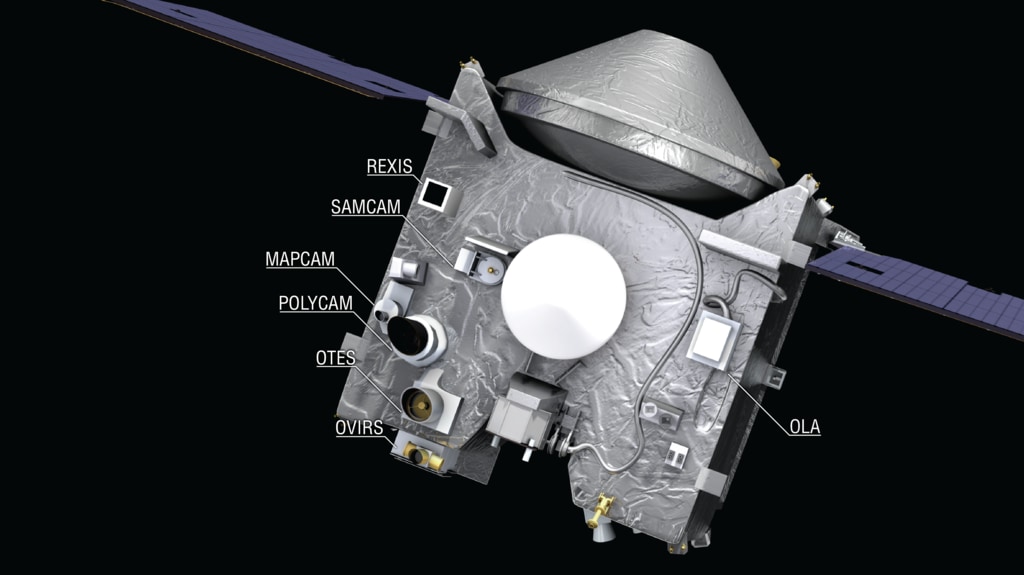
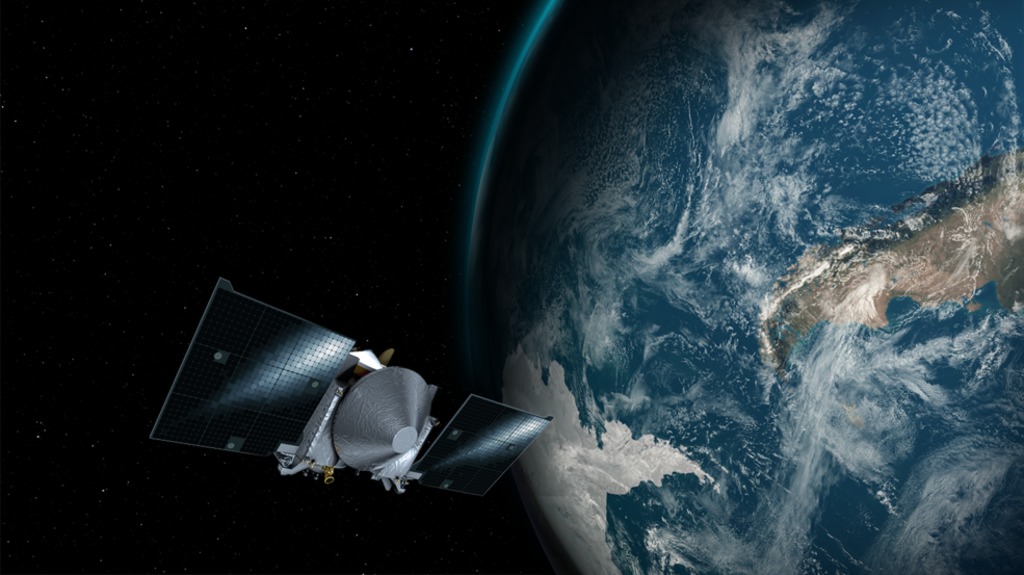
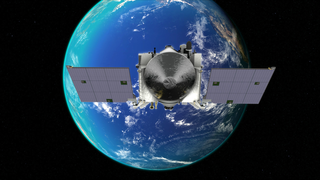
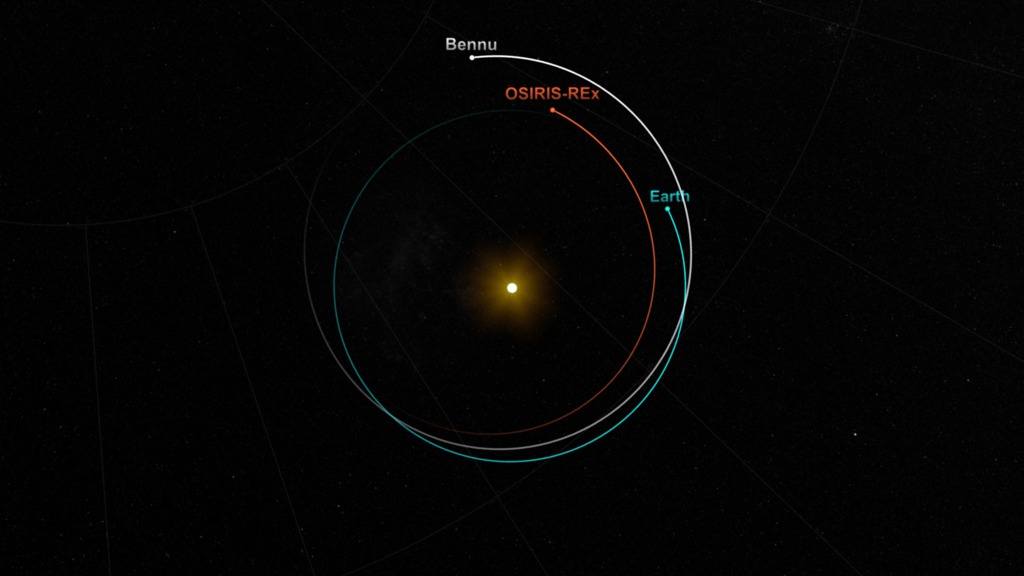
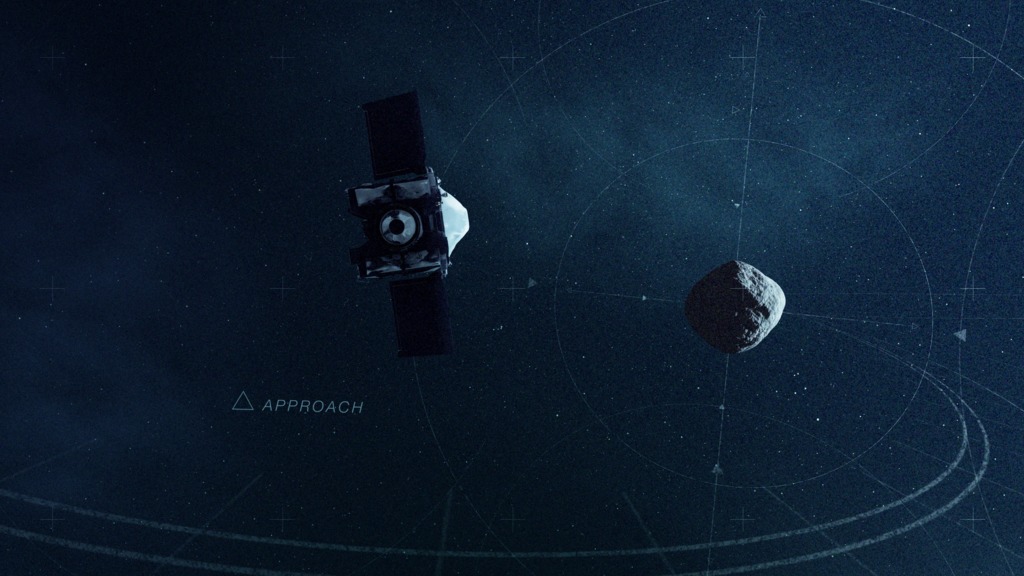
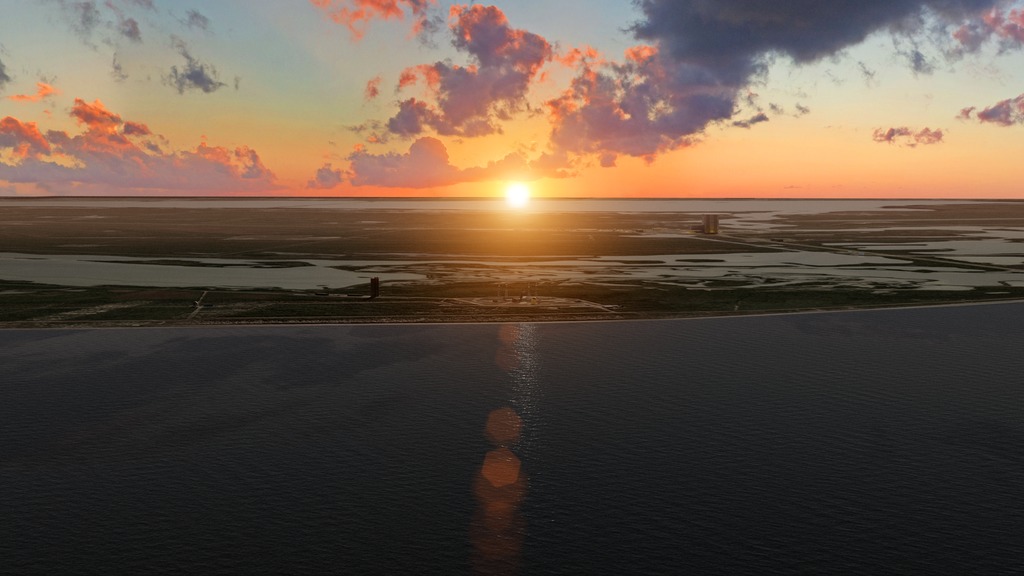
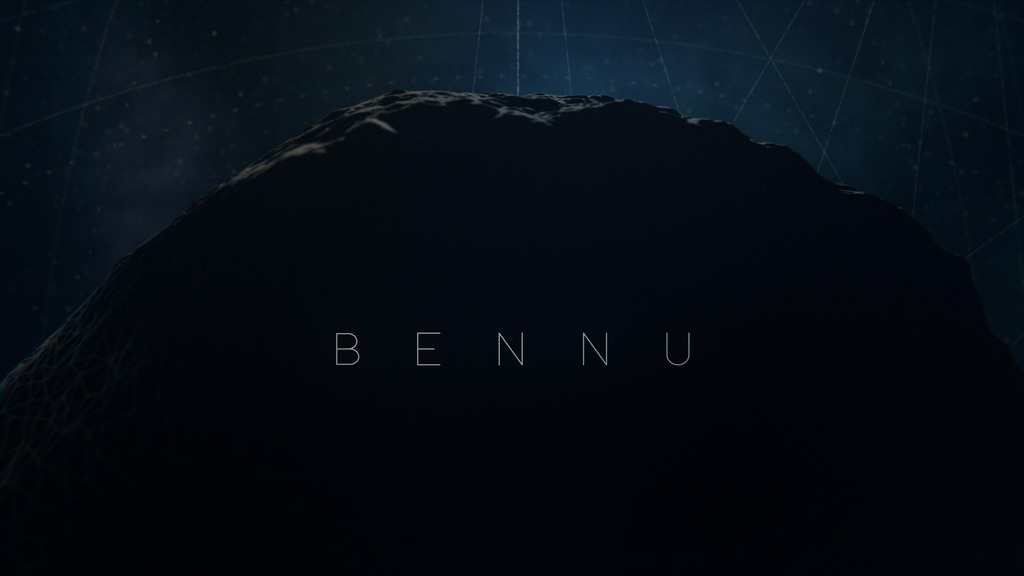
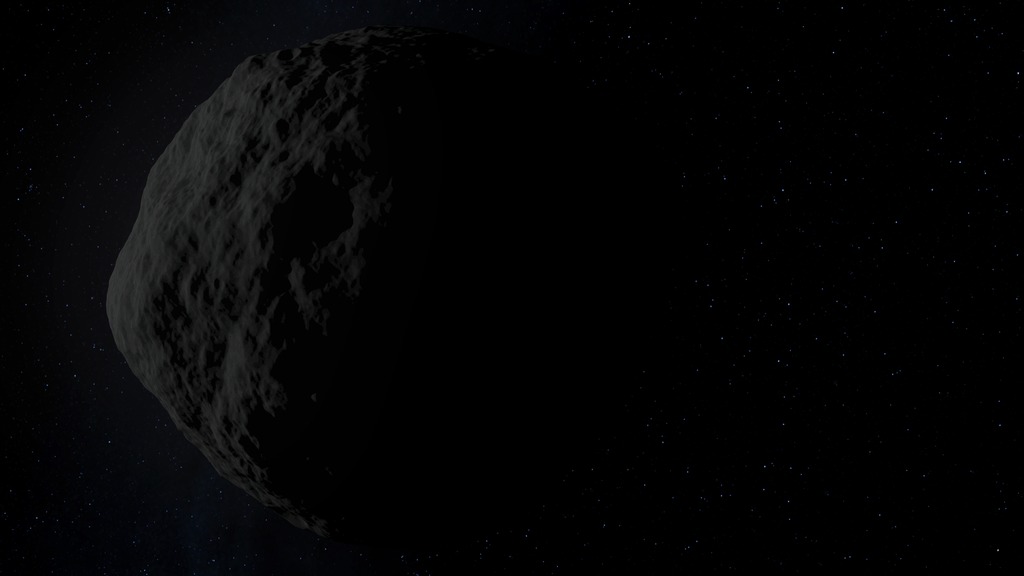
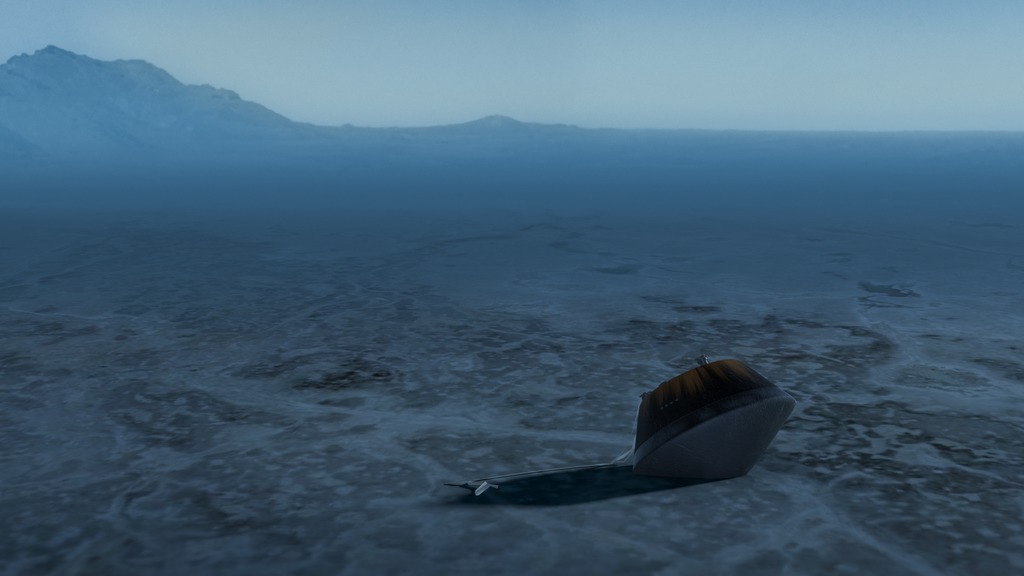
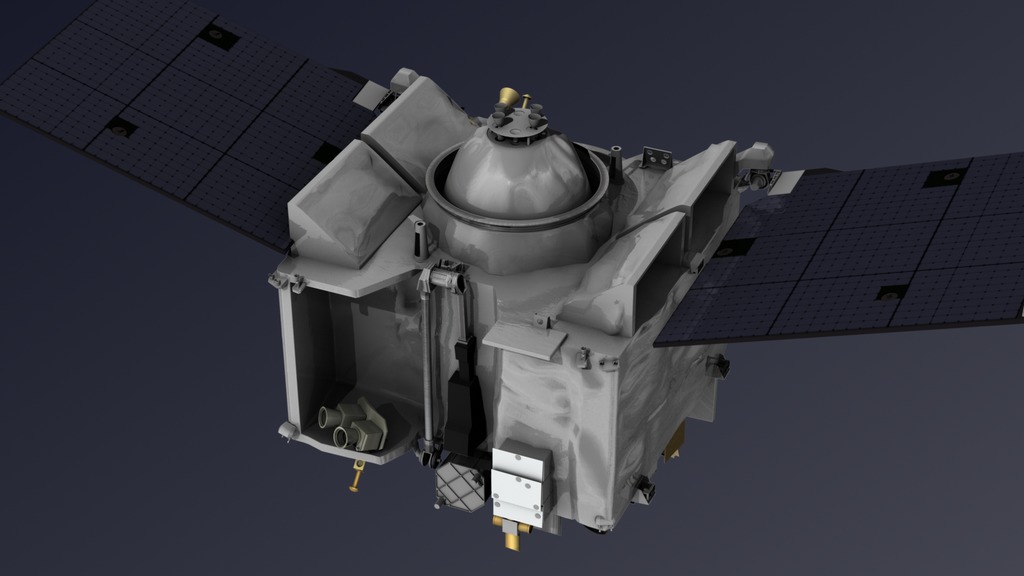
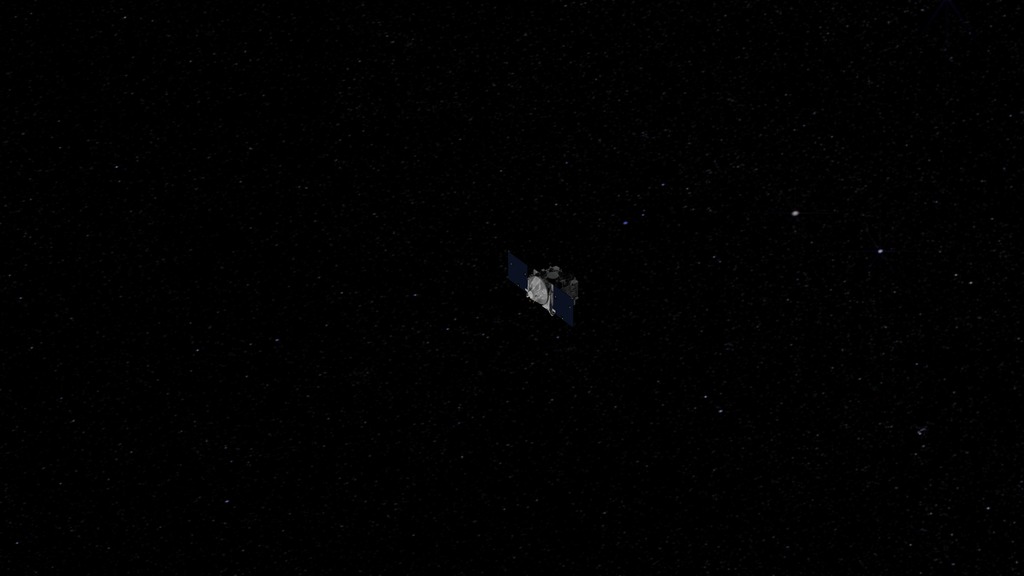
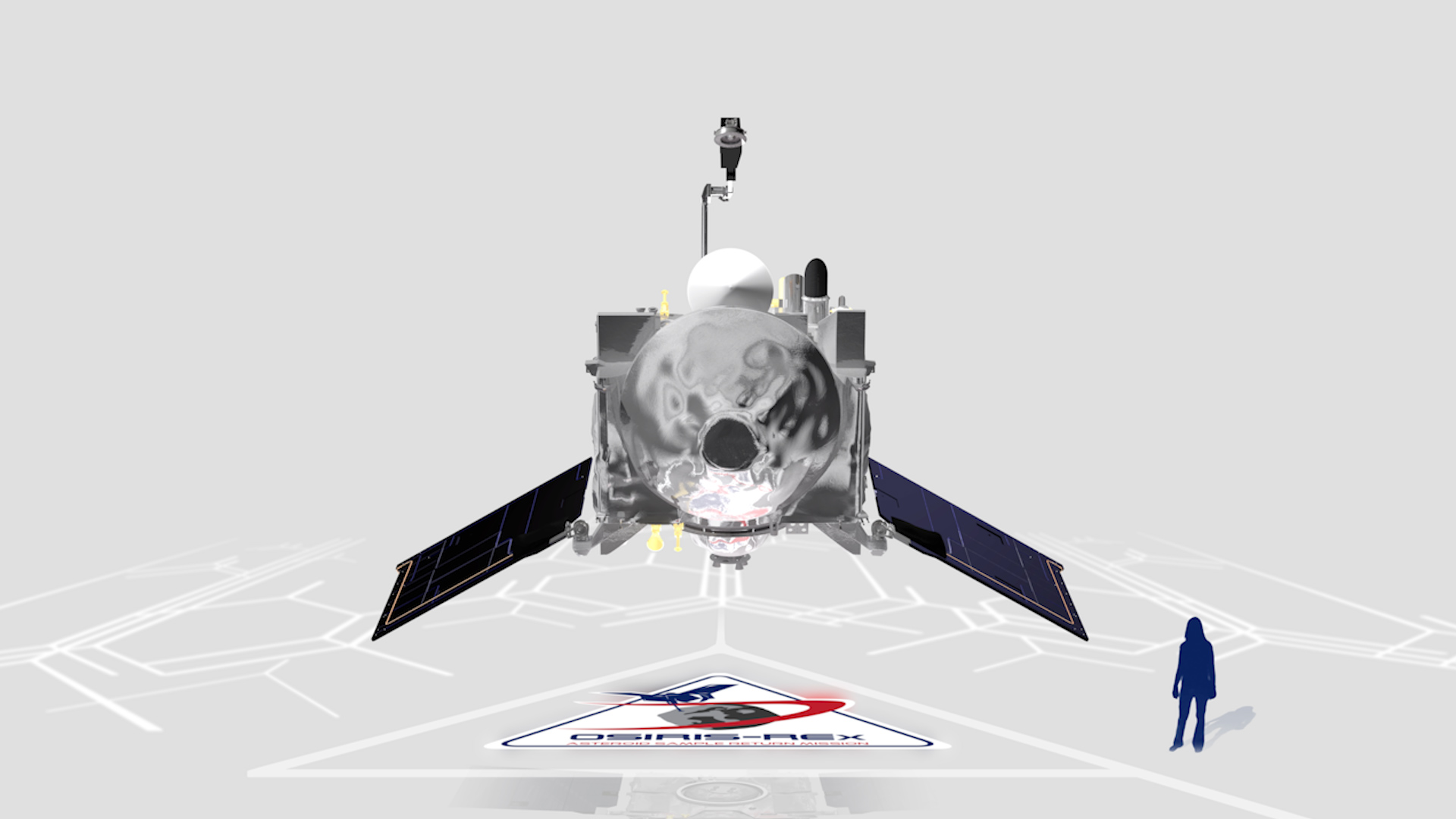
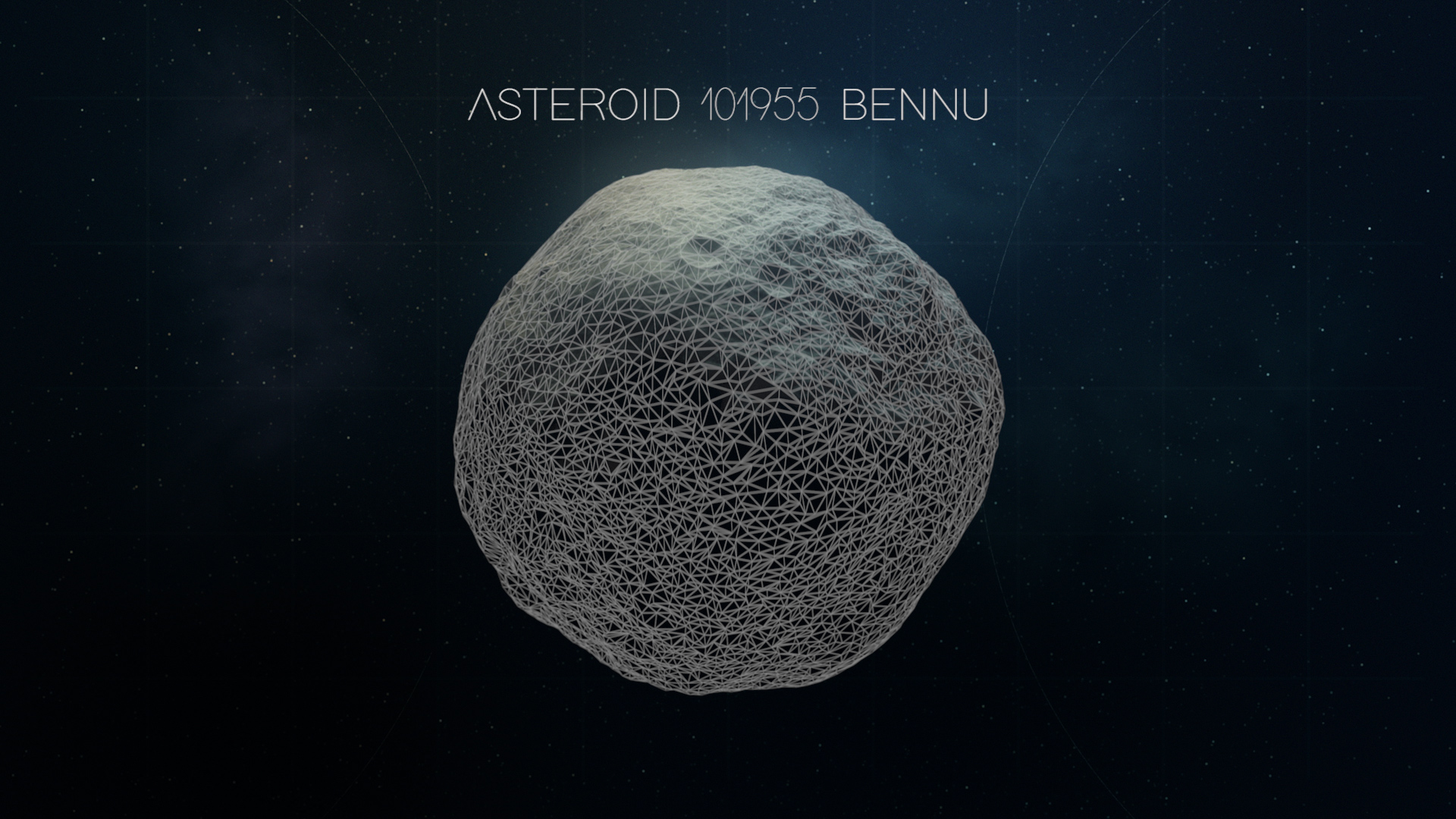
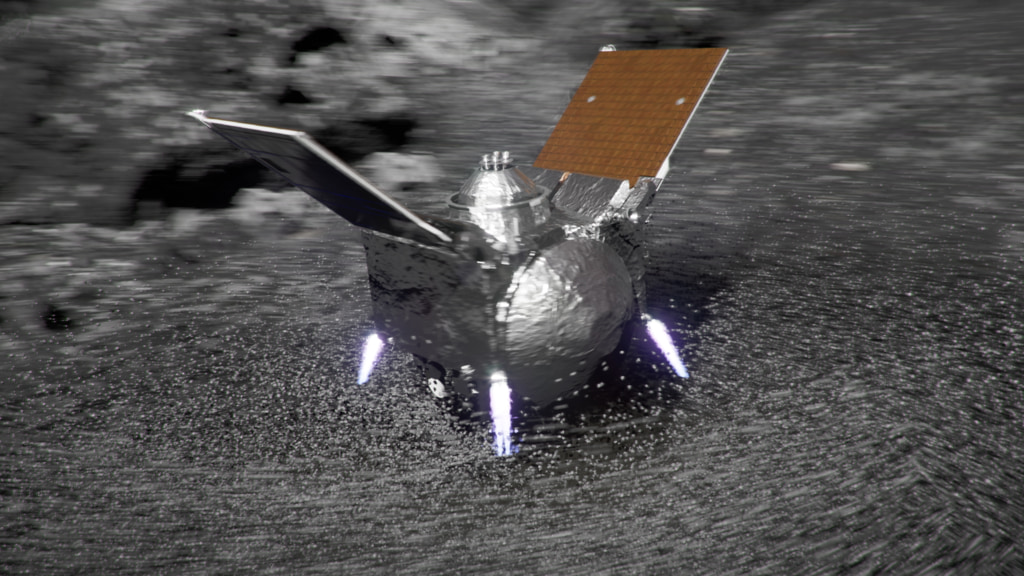
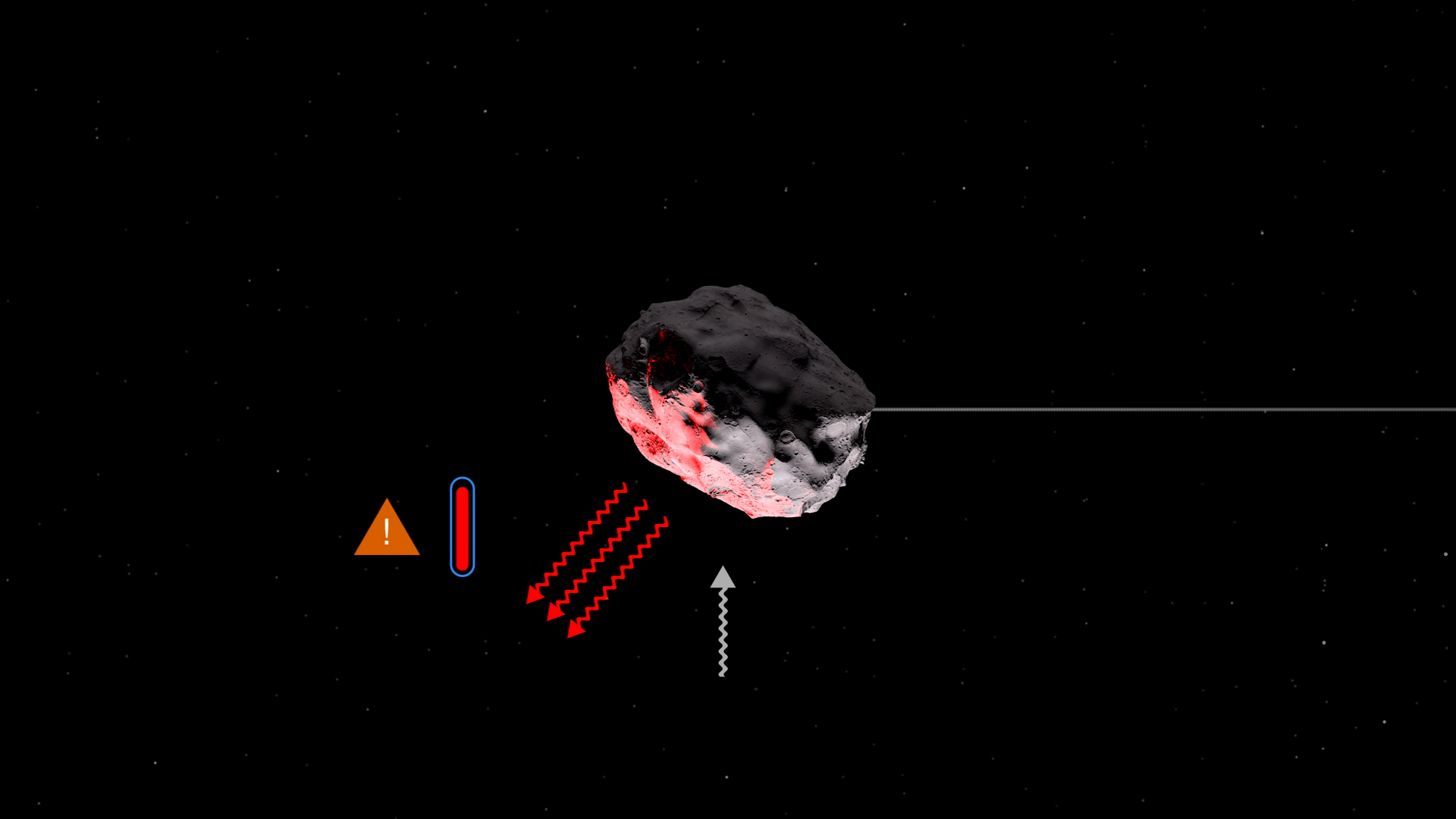
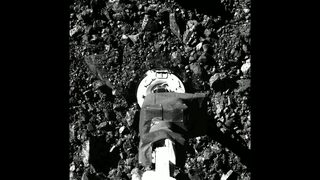
![NASA Science Live: OSIRIS-REx - X Marks the Spot [Episode 13]Air Date: December, 12, 2019Watch this video on the ScienceAtNASA YouTube channel.](/vis/a010000/a013500/a013504/NSL_ep13_still_print.jpg)
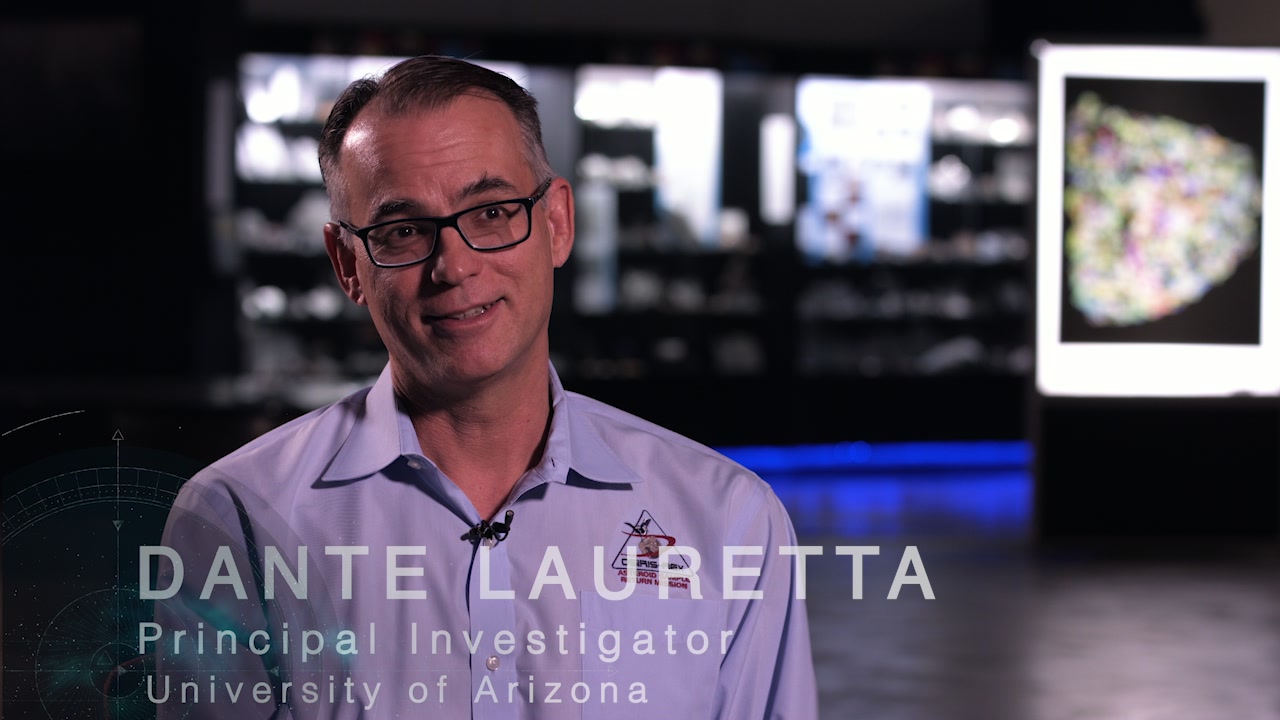
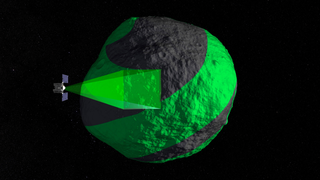
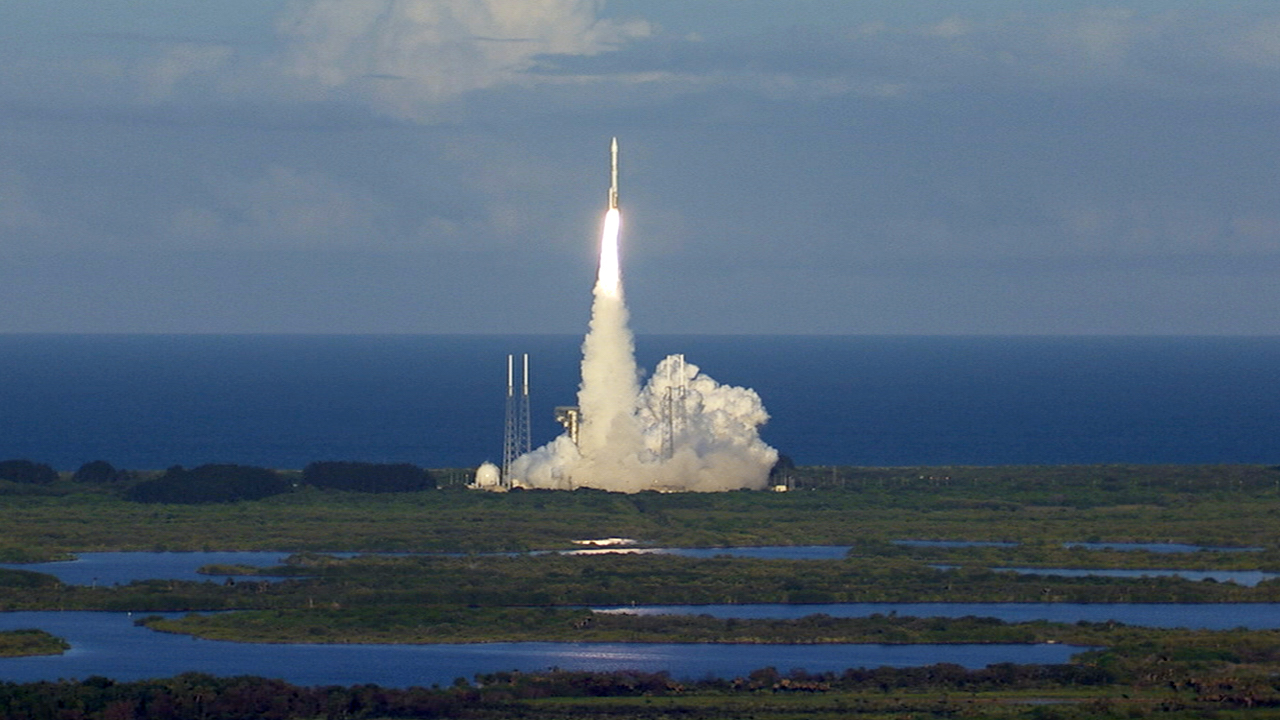
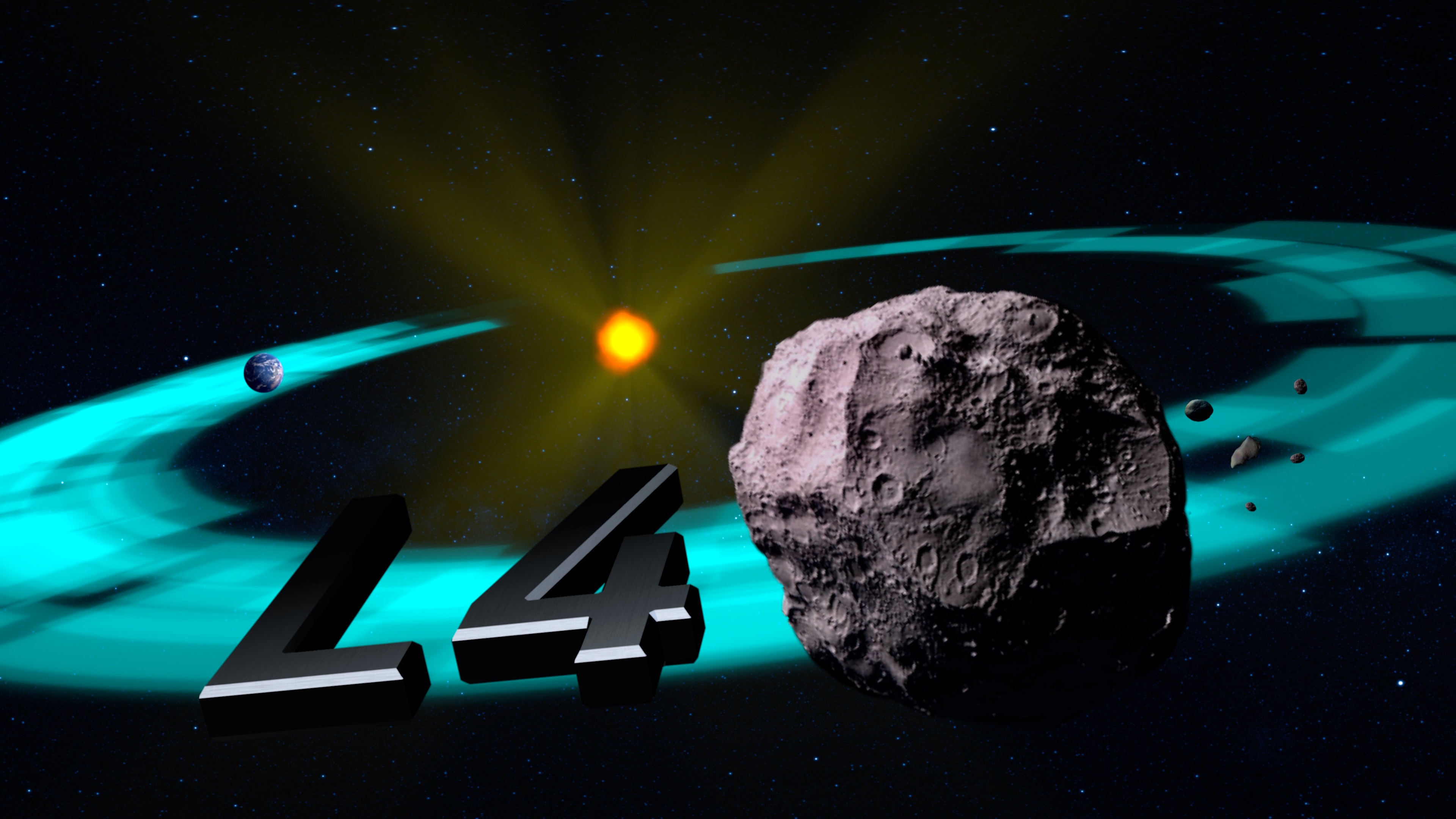
![The OSIRIS-REx camera suite will provide global maps and close-up images of asteroid Bennu, along with information about the carbon-rich asteroid's chemical makeup.This video is available for download in 4k resolution.Watch this video on the NASA Goddard YouTube channel.
Complete transcript available.Music Credits: "Ultimate Question" and "Victory Or Failure" by Guy & Zab Skornik [SACEM]](/vis/a010000/a012400/a012443/OCAMS_Preview_12443.jpg)
![To Bennu and BackMusic credits: "Defenders of the Earth" and "Finding Gaia" by Daniel Jay Nielson [ASCAP]; Atmosphere Music Ltd PRS; Volta Music; Killer Tracks Production Music](/vis/a010000/a012300/a012360/ToBennuAndBack_thumbnail.jpg)